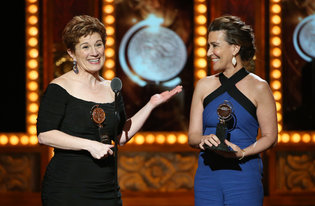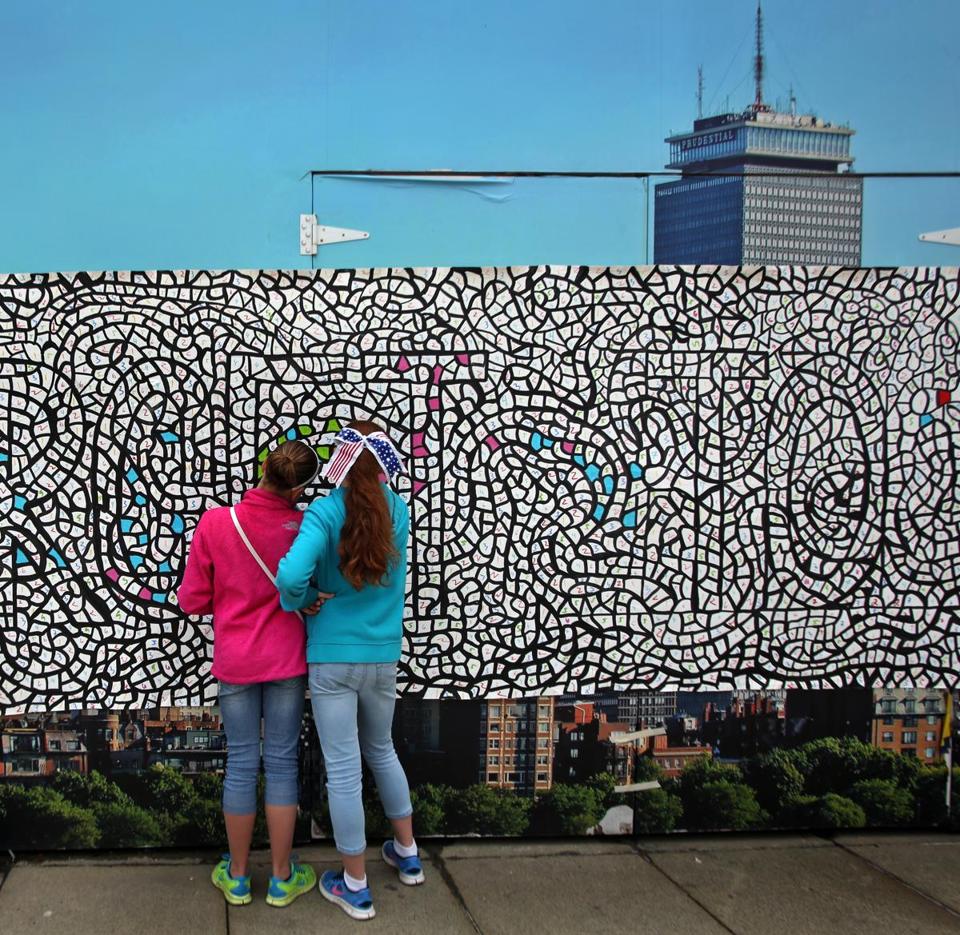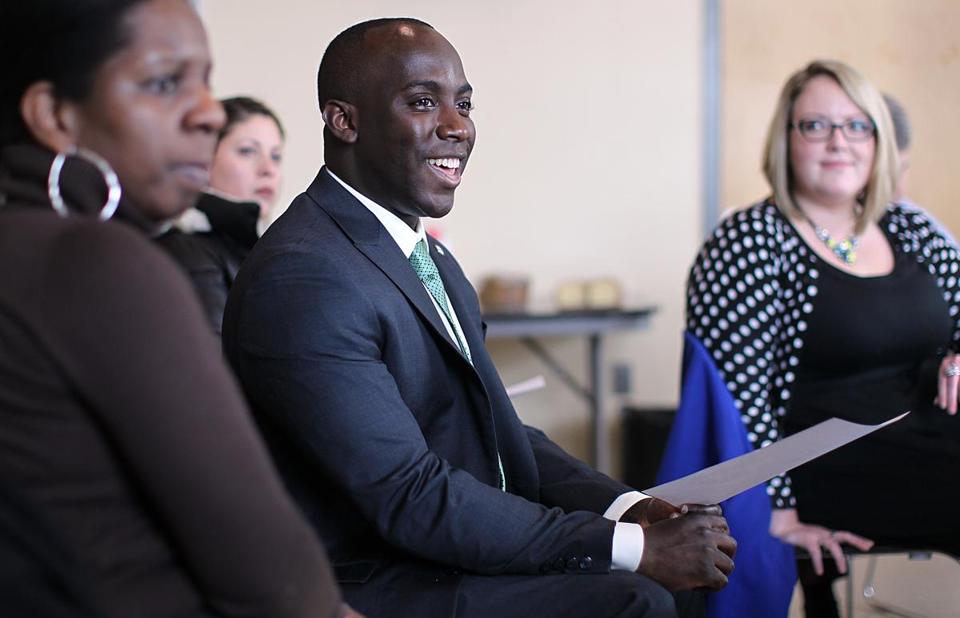Link Roundups feature articles and bits of internet goodness that our dramaturgy team digs up. If you find something you want to send our way, drop us a line on Facebook or Twitter!
♦♦♦♦♦
Mayor Marty Walsh has an Opinion piece is the Boston Globe this week:
If Boston is going to be a thriving, healthy, and innovative city, we need our artists to flourish. Artists can help solve big problems and heal old wounds. Artists embody the creativity that fuels innovation, and innovation is part of the fabric of Boston. Their work expresses our histories and our values. It communicates our fears, hopes, and dreams. Art brings people together. We see this in the crowds that gathered around the Echelman sculpture on the Greenway last summer, in Illuminus at Fenway, where percussionists “played” the Green Monster, and in our neighborhood festivals and parades. From the beginning of this administration, we identified the arts as a top priority. And we recognized that supporting the arts begins with supporting artists’ work. Without our artists, we aren’t Boston.
♦♦♦♦♦
American Theatre has a feature about the Write With Us program at Soho Rep, which allows the public to come in for writing workshops led by Soho Rep playwrights:
Martin and Benson invited the participating writers—which also included Annie Baker, Greg Moss, and Daniel Alexander Jones—to format their three-hour workshop however they wanted. César Alvarez had attendees write lyrics, to which he would compose a melody and start to craft a song, while Anne Washburn conducted her entire workshop in the dark and had students bring flashlights. “It was this very sort of sonic experience,” says Benson, who attended all of the writer’s workshops.






